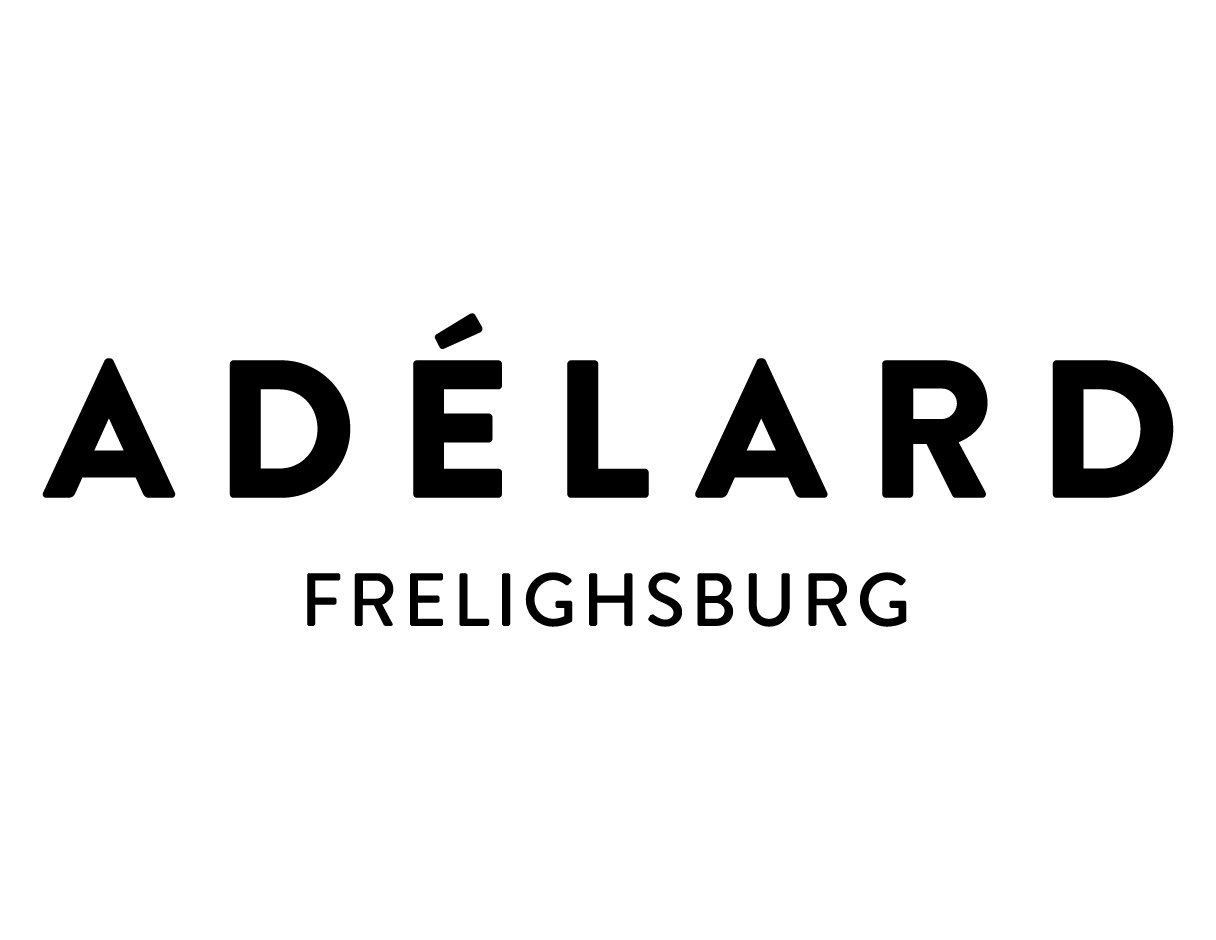Maude Arès
The frogs will be there. They will swallow the moon, and send ripples across the earth.
May 18 - october 14, 2024
In Maude Arès’s fluttering worlds, gravity dictates chance happenings. This reality is the inspiration behind the title of her current series of projects, featuring assemblages, mobiles, and vessel-sculptures. La gravité organise les hasards sparks curiosity that is both precise and mesmerizing towards the ecosystems that surround us. Here and elsewhere in her practice, Maude asks questions like: will birds come to nest in this place? Will caterpillars decide to drink from one of these crevices? Will plants cling and grow on these floating sculptures? As such, she invites us to cradle and rock our imaginations to the rhythm of her whimsical and incisive reflections.
For this exhibition, Maude formed a relationship with a pond that was to become the project’s temporary home. Sculptures waltz with the wind and weather on a spine-like grill, while floating vessels catch water drops and debris falling from above. Like a small ecosystem beginning to branch out, balance both emerges on its own, and is influenced from the outside. Materials—found, plant-based, unusual, sculpted—connect, and get to know each other. Membranes become porous, and absorb the roots of an entire network of connections. This installation embodies a relationship of cohabitation with its environment, where cascades of causes and effects offer themselves up to our sense of wonder.
In her installations, Maude often invites visitors to crouch down and get up close to everything happening in the insect’s world. Here, however, the scale is reversed, and it is us who are surrounded and absorbed by the artwork. And, as we move through this microcosm, we begin to realize that we are indeed fully part of it.
Following in the footsteps of theorist and sci-fi author Ursula K. Le Guin and her theory of fiction as a carrier bag [The Carrier Bag Theory of Fiction, 1986], Maude is ever interested in that which brings together and transports—actions embodied by the container, or the vessel—, but also that which shelters; when turned upside-down, the vessel becomes a shelter. Much like Le Guin, Maude asks how narratives might be perceived differently if the cyclical time of gleaning and gathering came to take precedence over the linear time of the hunter’s arrow. What would the architecture of our imaginations look like if our primary tool was a basket rather than a weapon?
Here, this relationship with time becomes multifold. And it is at the junction of the many floating states present in the installation that different temporalities meet: immediate time, where the movement of a current or breeze is captured by rapt attention; slow time, where decomposition and fading colours gradually unfold, inviting us to playful speculation; and cyclical time, where relationships and reciprocity are forged. The act of floating thus creates ripples, undulating, pulsing, and—especially—blossoming.
Over two seasons, or six lunar cycles, these sculptures will enter into and become altered by encounter and interplay, taking on new tonalities and proposing reverberations of their own. Floating and sounding matter here often vacillates between two states. Always changing, it invites us into a network of connections both visible and invisible. Deep listening opens the door onto a vast web of relational waveforms—deep listening to the harmonies that emerge, to the complex, lilting voices of each inhabitant and visitor.
On several occasions during this pond-exhibition, Maude invites us to attend concerts that seek to activate multi-sensory attentiveness within us. In the meantime, explore and listen closely to the installation, greet the frogs you meet along the way, indulge your senses to the sound and feeling of the earth’s undulations, and allow yourself to delight in interactions both perceptible and confabulated, always changing according to the whim and whimsy of the moon.
Elise Anne Laplante
translated by Simon Brown

